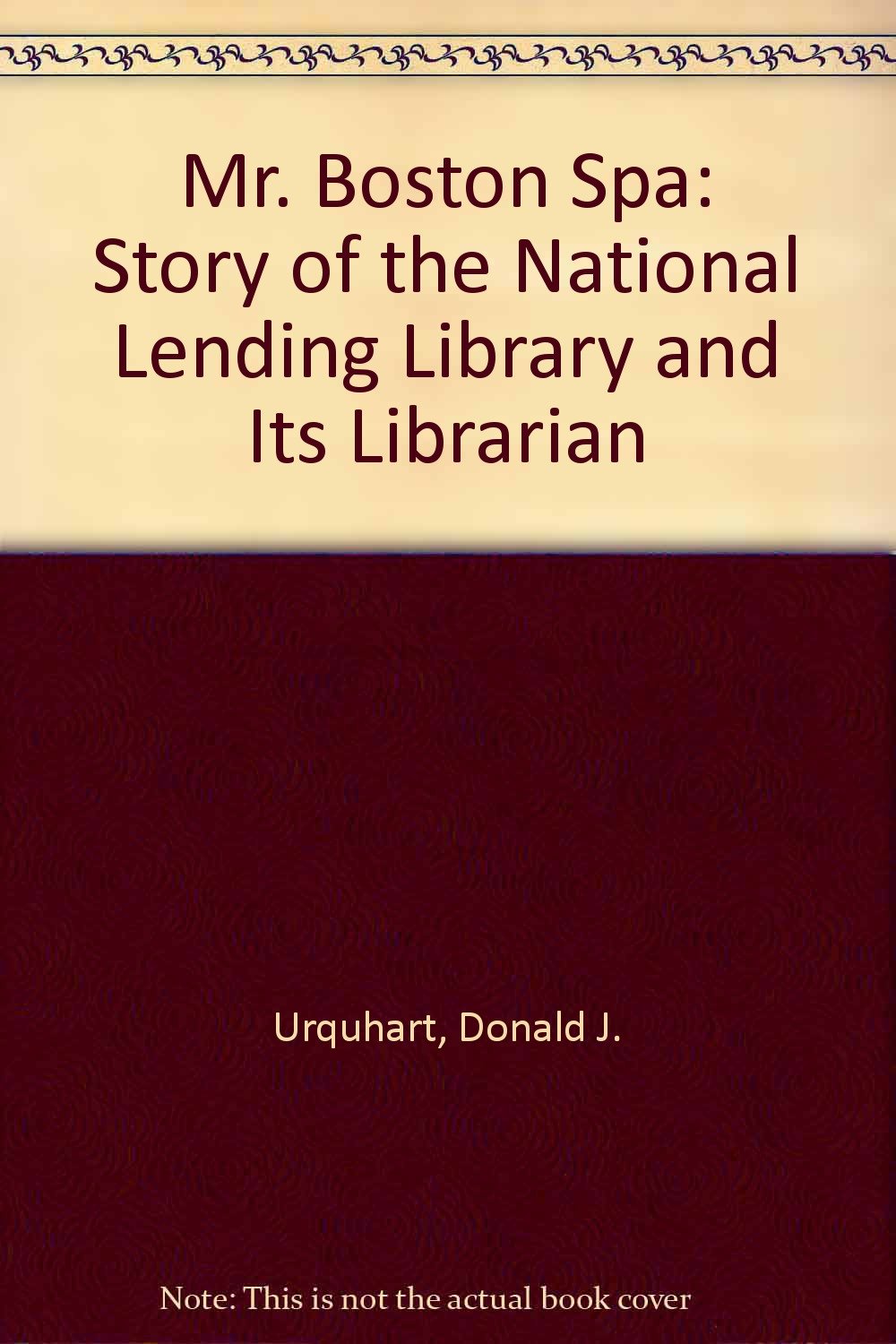Urquhart’s (really old) other law
CMM is a great believer in Urquhart’s Law of Political Communication, (as per the original House of Cards) that the correct response to scandalous statements is “you may say that but I could not possibly comment.” But it turns out another Urquhart had a different law. A reader found it and wanted to know what it means; “the inter-library loan demand for a periodical is as a rule a measure of its total use.” Readers under 50 ask an old librarian why anybody would need to get a library to loan a printed journal
And mystupidbrain wondered about the common sense assumption of using inter library loan to measure a journal's use. Even in a print world that makes no sense. ILL is for items you don't have in your library. Arguably what you do have in your library is the most used stuff, or the stuff your clients most want (because it's easier than sending ILL requests).
Assuming other libraries do the same, and that there are a core collection of journals everyone has (say, for example, New Scientist) - so you will never get a request for it from another library. So to say the journal is low-use because no-one ILLs it is patently flawed logic.
What ILL requests might tell you is how unique a particular subscription is - you may be the only library subscribing in the country. I think your outgoing ILL requests tell you a lot more about your collection, and its relationship to your clients' needs, than incoming requests ever could.
Of course all that runs through my head without knowing anything about the context of Urquhart's Law - I'd never heard of it. So I looked it up.
Donald J. Urquhart (1909-1994) (BSc, PhD) was a revered figure in British library circles. He founded the National Lending Library for Science and Technology in the early 1960s, against the opposition of the then current thinking of much of the library profession. It was a response to the post-war explosion in scientific information. Eventually the NLLST was absorbed by the British Library in 1973 to become the revered British Library Document Supply Service.
Urquhart's Law was an application of scientific methods (specifically probability) to collection management and document delivery for an entire (huge) sector of research - not a particular library's clientele. He published it in 1977, it was still being referenced in library science lit in the last decade.
I feel like a first year library student again. I know nothing John Snow.
 |
| Urquhart's autobiographical history of his creation - available via Amazon (who are the source of the image) |


